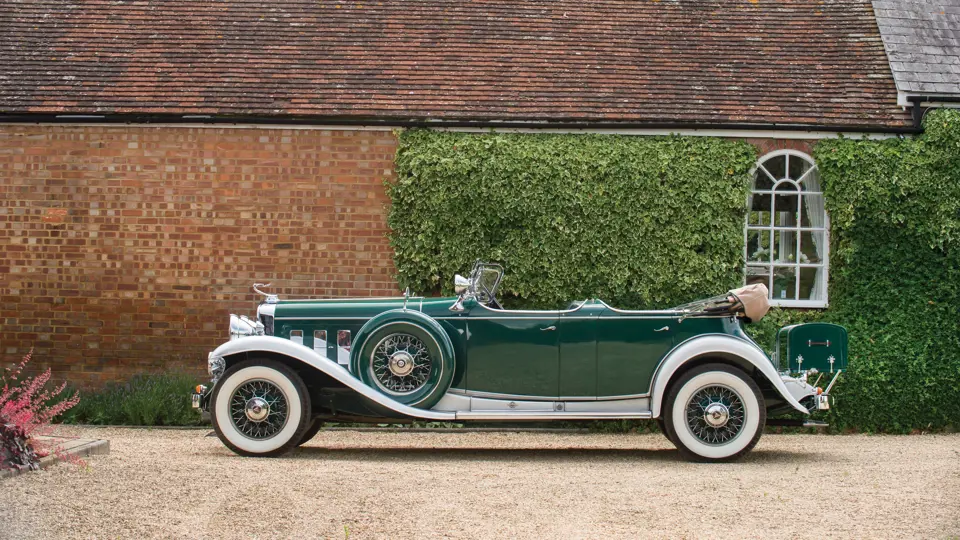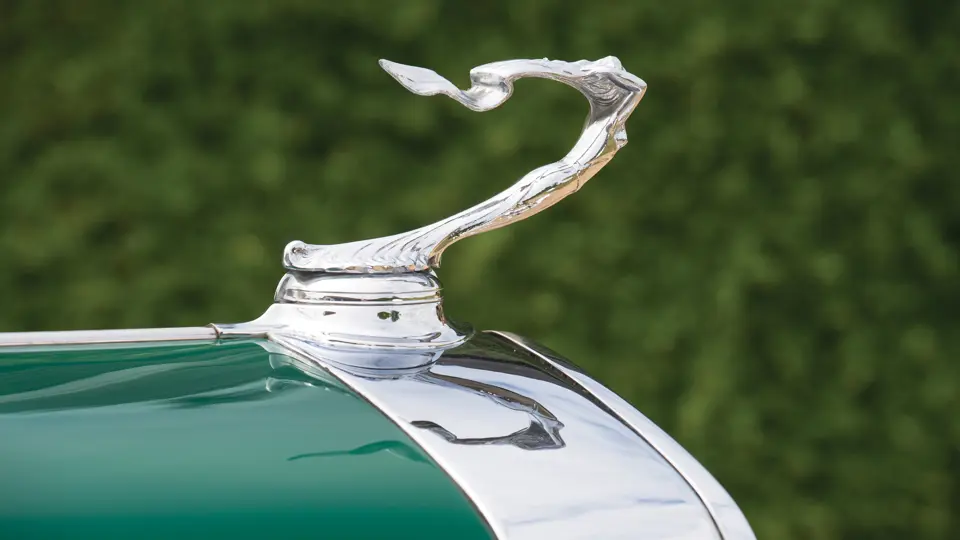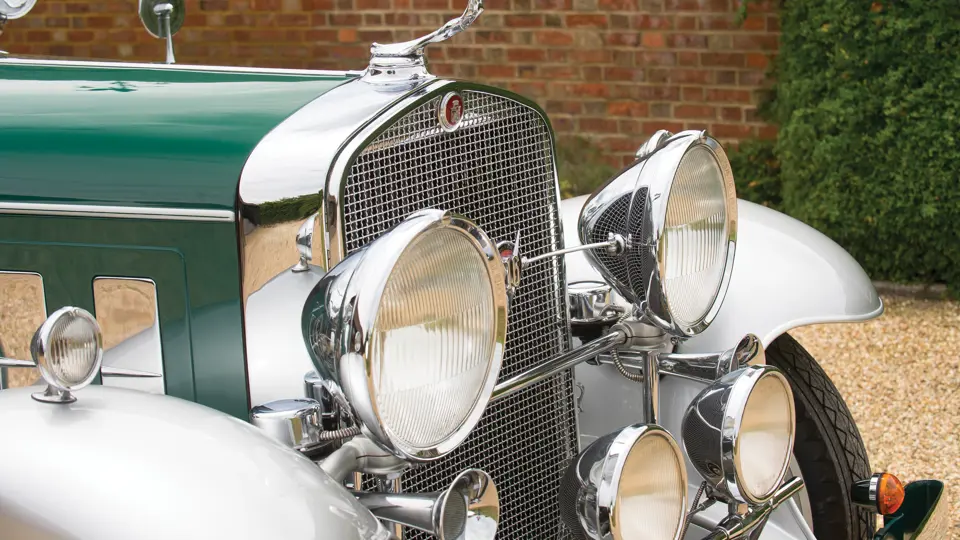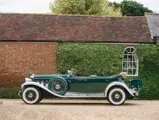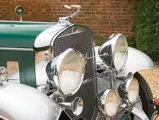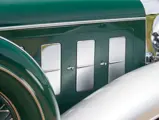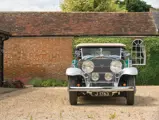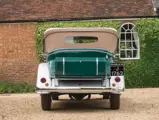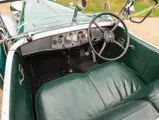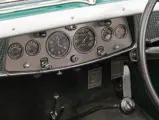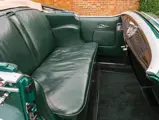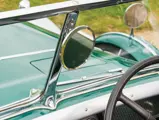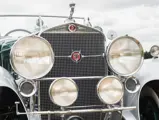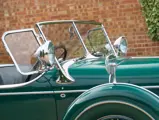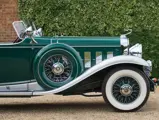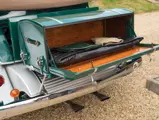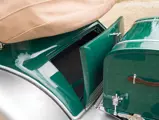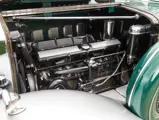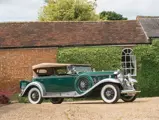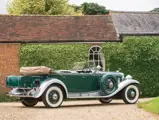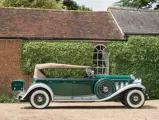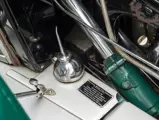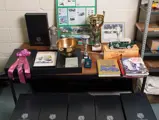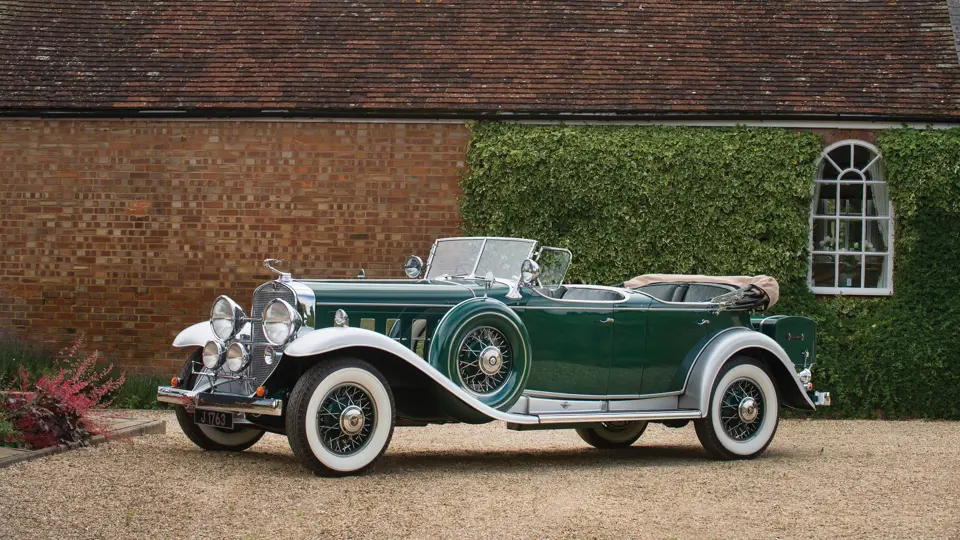
1931 Cadillac V-16 Sport Phaeton by Fleetwood
{{lr.item.text}}
£522,500 GBP | Sold
{{bidding.lot.reserveStatusFormatted}}
- One of 75 examples built; the only known factory RHD export model produced
- Originally delivered to the Maharaja of Tikari; known history since new
- Nicely maintained older restoration in striking original colors
- Well known among V-16 enthusiasts; featured in many publications
- Exhaustive history file
In 1930 the Maharaja of Tikari, Gopal Saran Narain Singh, made the decision to order a V-16 Cadillac, placing the order from Bombay. He ordered the sleek sport phaeton, style no. 4260, an innovative design with a retractable rear windscreen and second set of instruments for the passengers. Only 75 examples of the design were produced; this was the only export model produced on a right-hand-drive chassis.
The car was specified in Emerald Green with Argent moldings and fenders, striped in Emerald Green; an interior in Colonial-grain, unpleated green leather; and a Burbank cloth top. Interesting additional features marked on the build sheet included polished stainless steel wire wheels with Emerald Green hubs, chrome-plated bonnet and scuttle vents, as well as, most intriguing, factory high-compression cylinder heads. Records indicate that the car was shipped to the Maharaja on 14 February 1931. It was reportedly the 152nd automobile in his royal garage.
In 1938, the car was given to the Maharaja’s son, the Maharajkumar Fateh Singh. In a letter to a later owner, the Maharajkumar noted that he was able to use it for only one year prior to World War II, then was stored until 1948, used occasionally and then put away again in 1950, thereafter remaining in storage due to the inability to acquire correct tires.
In 1965, John J. Pike of Los Angeles wrote A. Imam, a friend of the Maharajkumar, inquiring as to the possibility of buying the car. The Maharajkumar responded with a detailed description of the Cadillac’s condition, noting positively of the body’s solid condition and that the engine ‘is very sound’, though ‘a storm in 1964 simply blew the hood canvas to shreds . . . of course the hood is over 30 years old anyway.’ A deal was concluded and, after extensive shipping arrangements involving 18 months of negotiating with Indian authorities, the Cadillac was on its way across the Pacific aboard the SS California Mail.
Upon its arrival stateside, the car was sold to well-known V-16 enthusiast, Wayne Merriman, who passed it to Jimmy Filler of Birmingham, Alabama. Over 4,800 hours went into restoring it to the original colour scheme and specifications at the hands of Robert Lonsdale of Montgomery. Notes on file indicate that the car retained all of its original body panels, except for the fenders, and only one piece of the inner ash frame had to be replaced; the engine was rebuilt and fitted with new rings and pistons. Subsequently, the Cadillac was bought from Filler in 1980 by the well-known West Coast collector, Russell Head, who exhibited it at the Pebble Beach Concours d’Elegance in 1981, winning Best in Class. It was the subject of a feature in the September 1983 issue of Car Collector and Car Classics magazine.
In 1984, Mr Head sold the Cadillac to Ron Hickman, designer of the original Lotus Elan and inventor of the Black & Decker Workmate, and moved to his home on Jersey in the British Channel Isles. It became well known during its many years on the island, featured on a Jersey stamp and in several other publications, including The Car, no. 14. Finally, in 2011, it was sold to its present owner, in whose care it has continued to be well maintained.
To a British enthusiast, any Cadillac V-16 is a rare, exotic and seldom-seen sight – but the opportunity to acquire one with factory right-hand drive, and such a significant and magnificent complete history, represents a truly unique moment. It is an automobile worthy of a Maharaja, in size, power and glamour that fairly radiates from every nut and bolt.




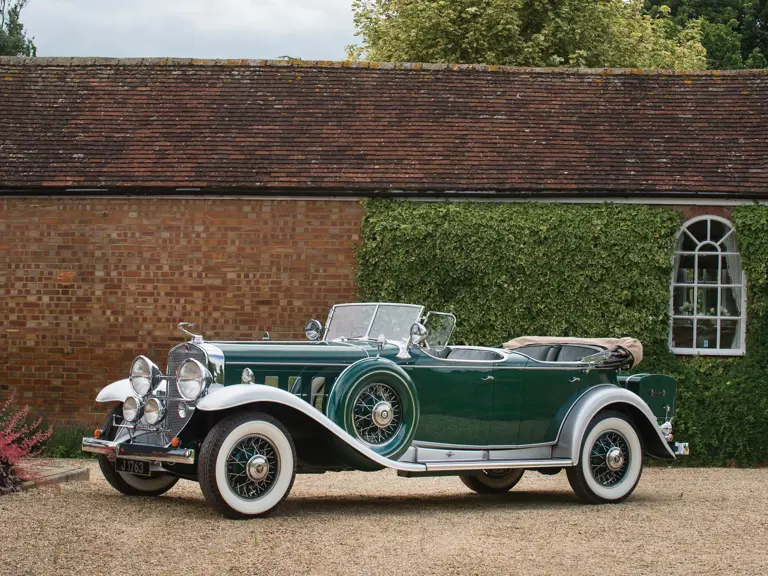
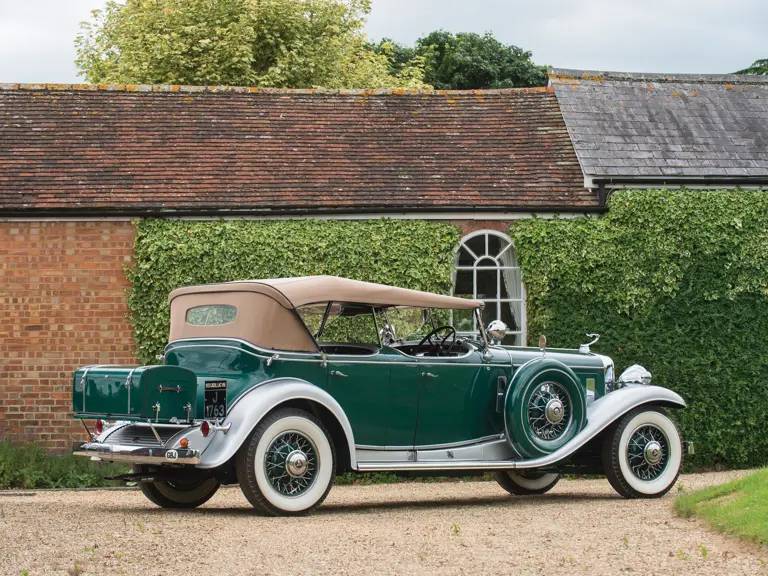
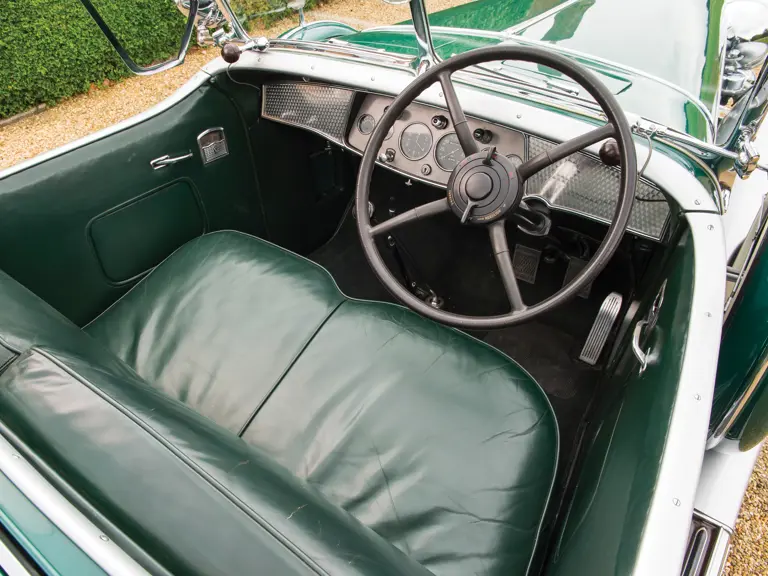

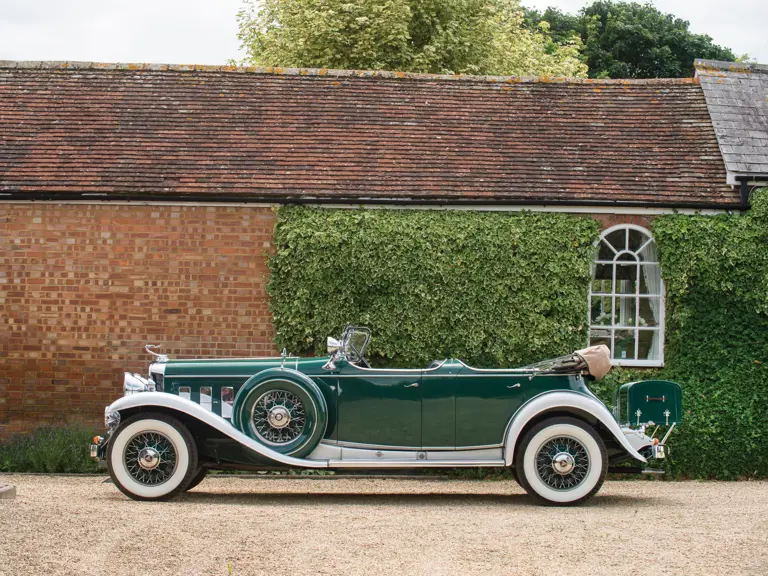
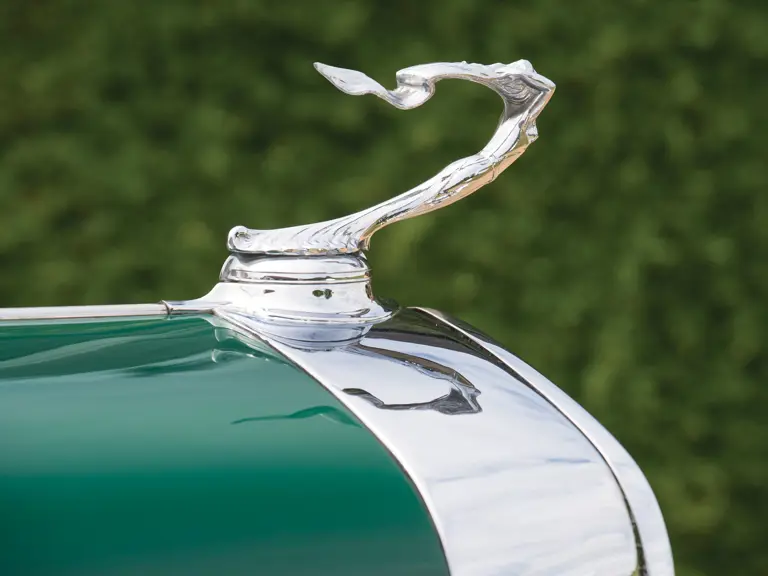
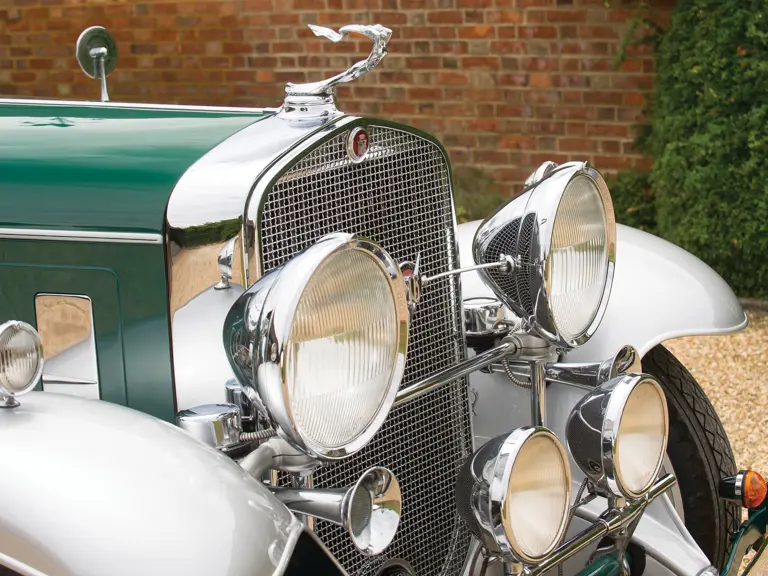
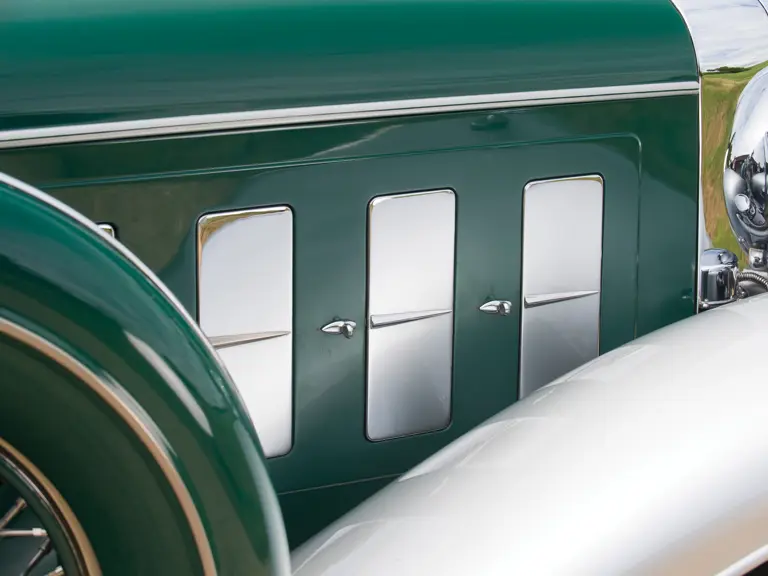
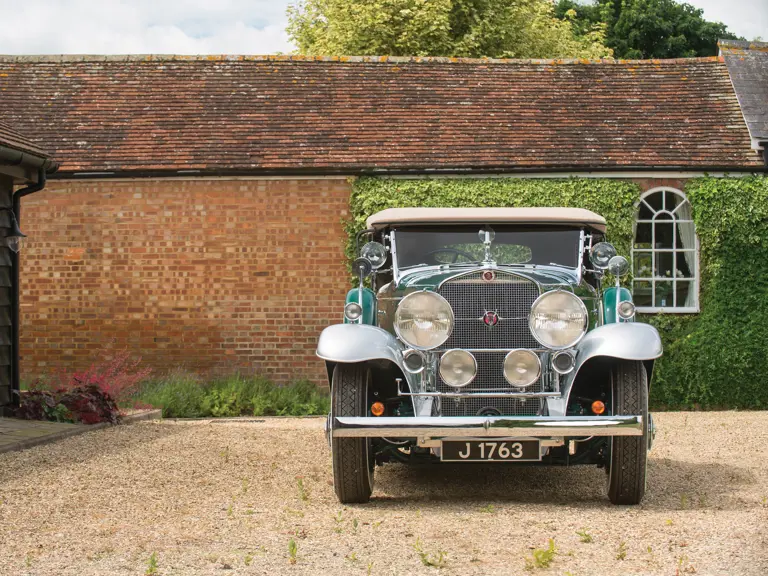

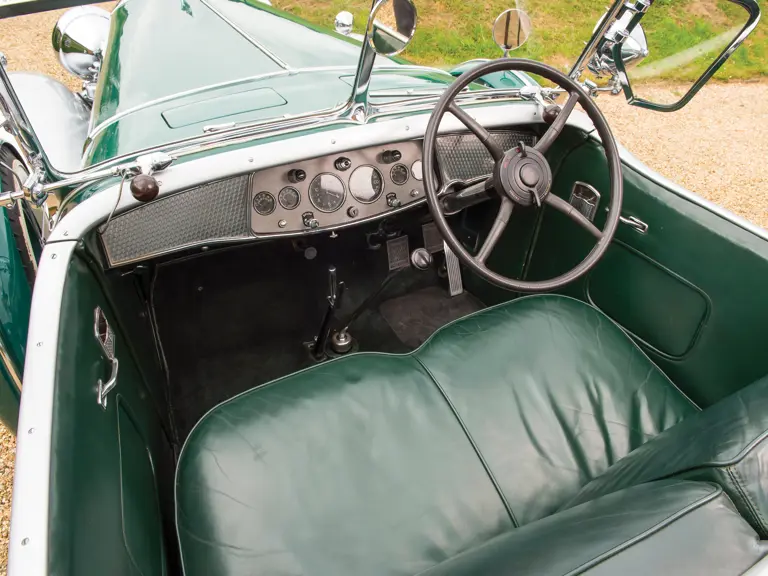
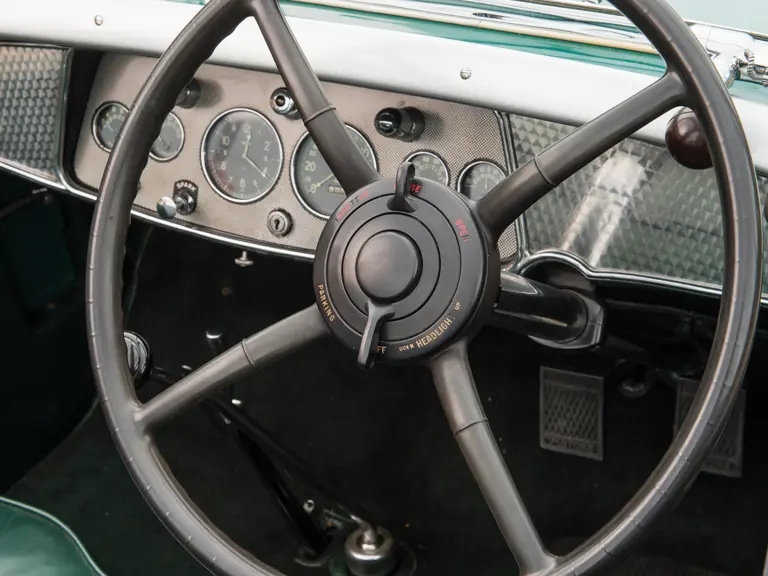
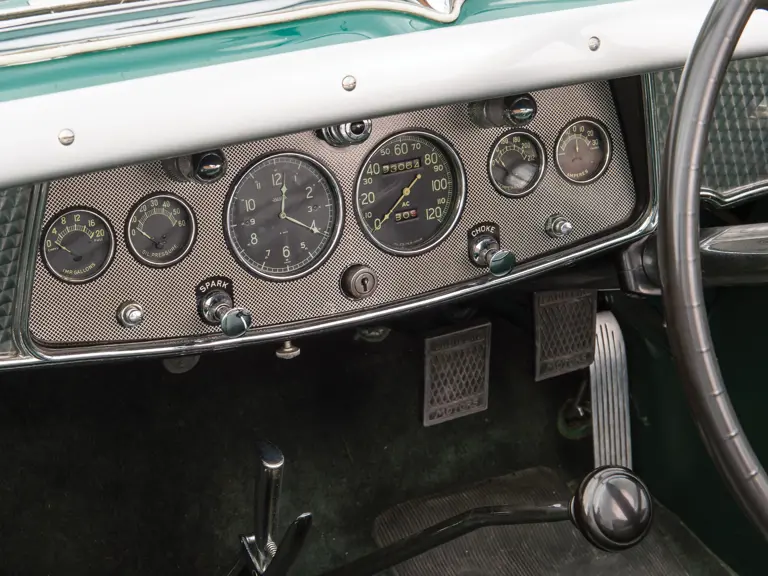
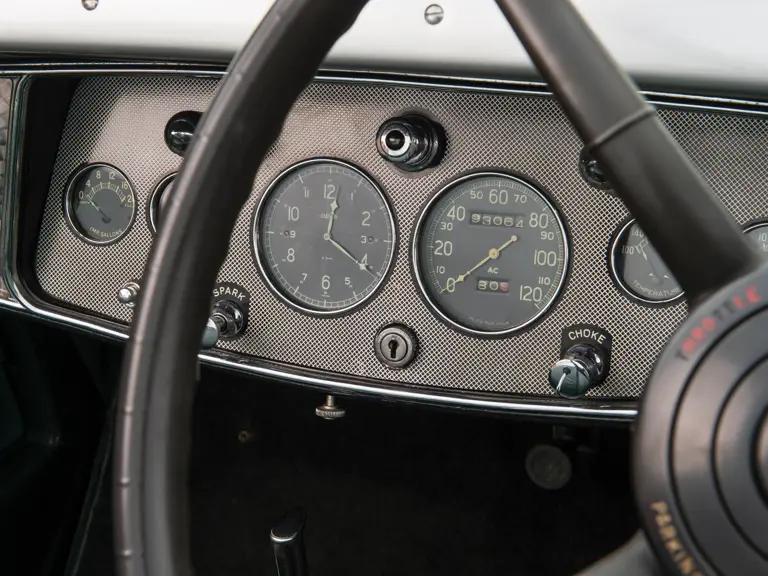
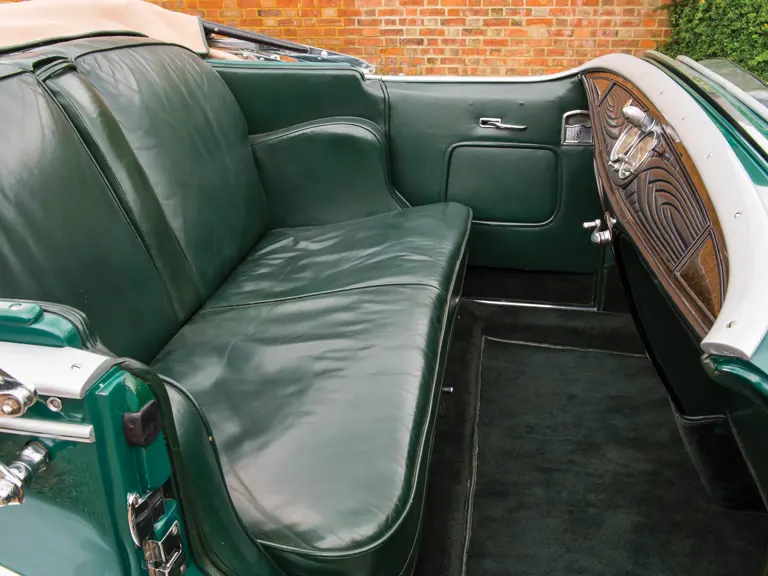
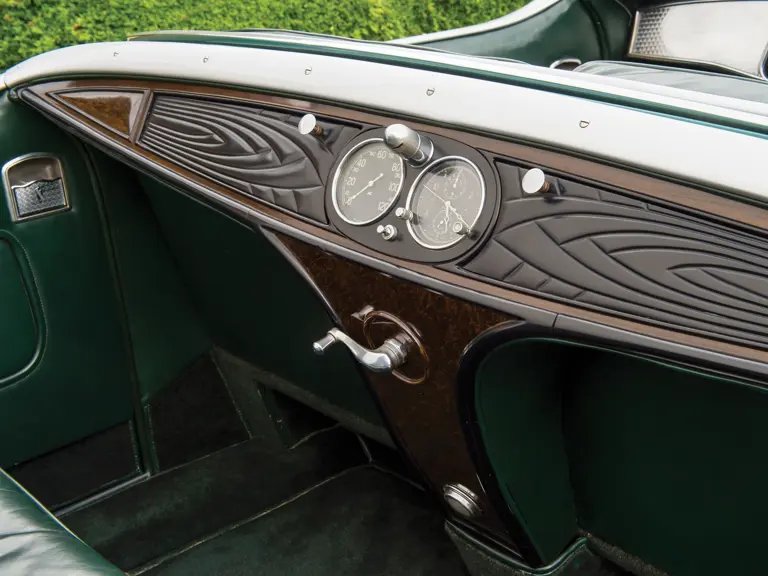
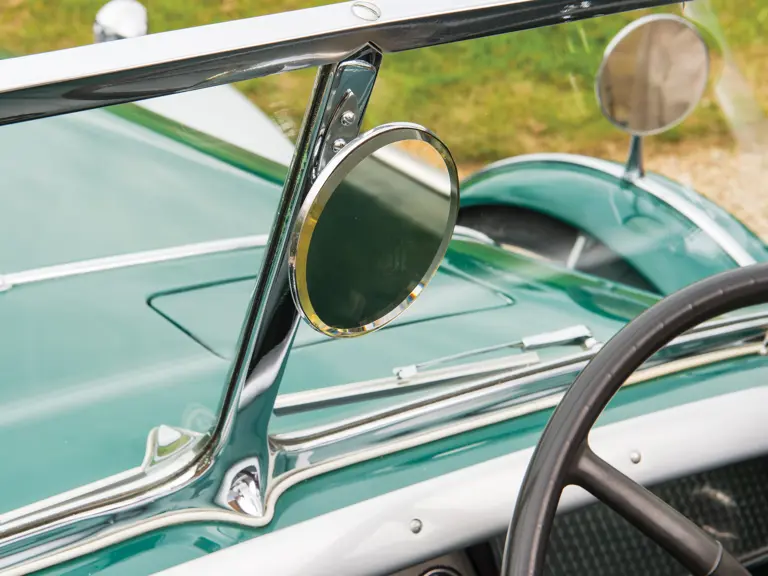
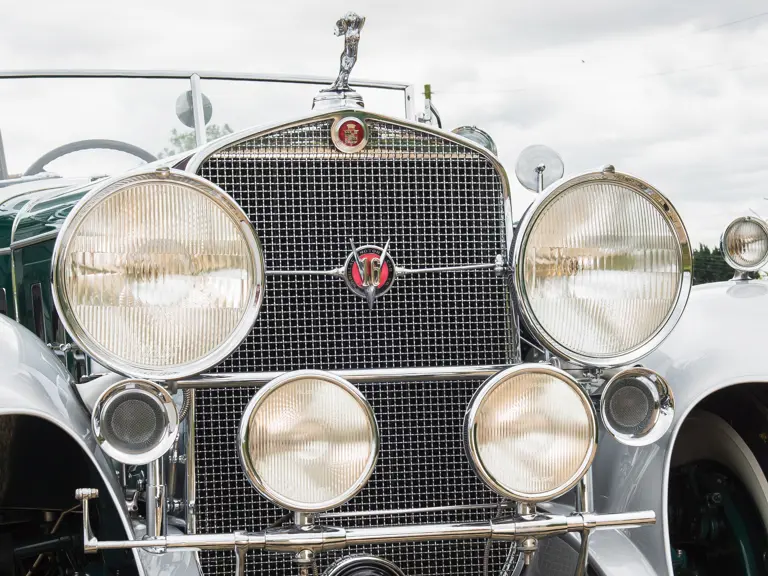
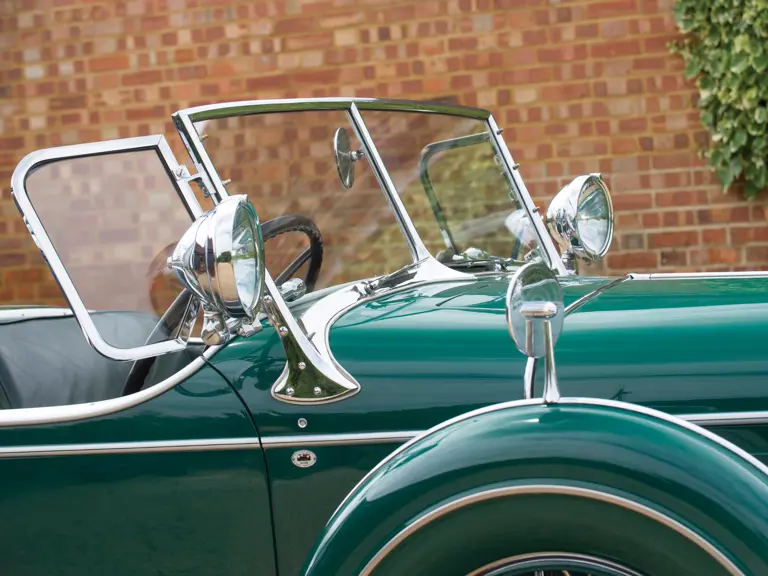
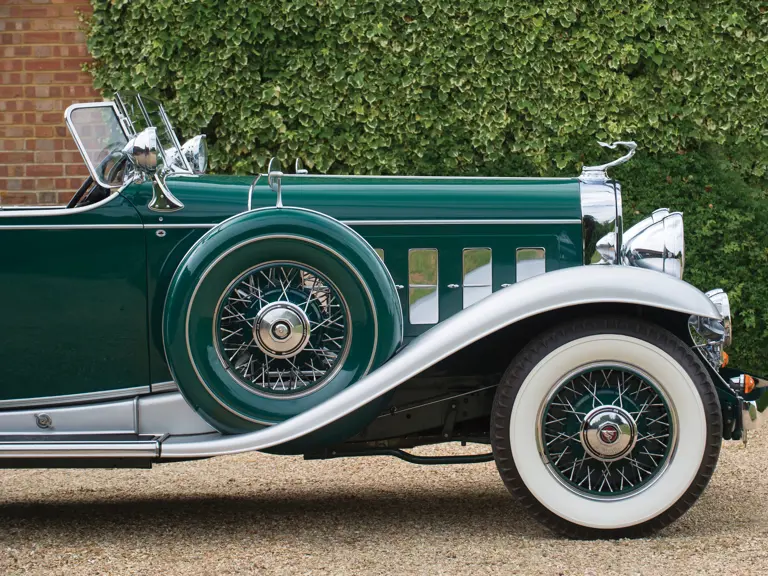
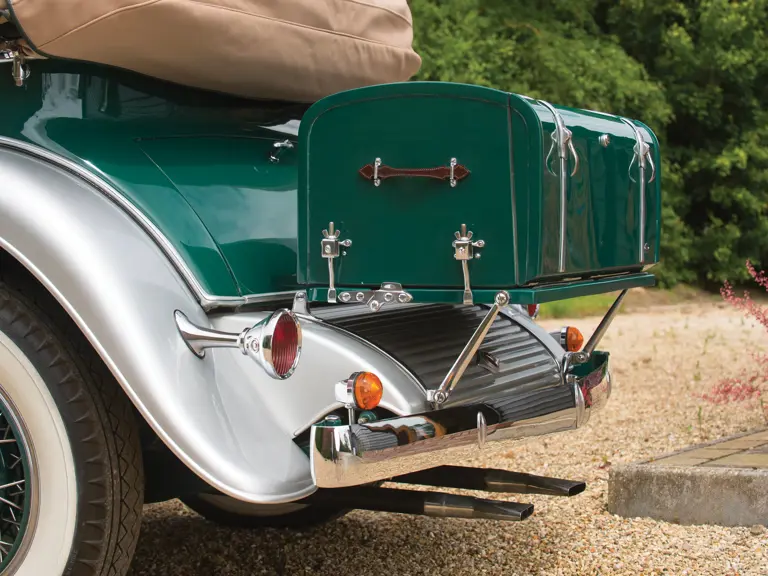
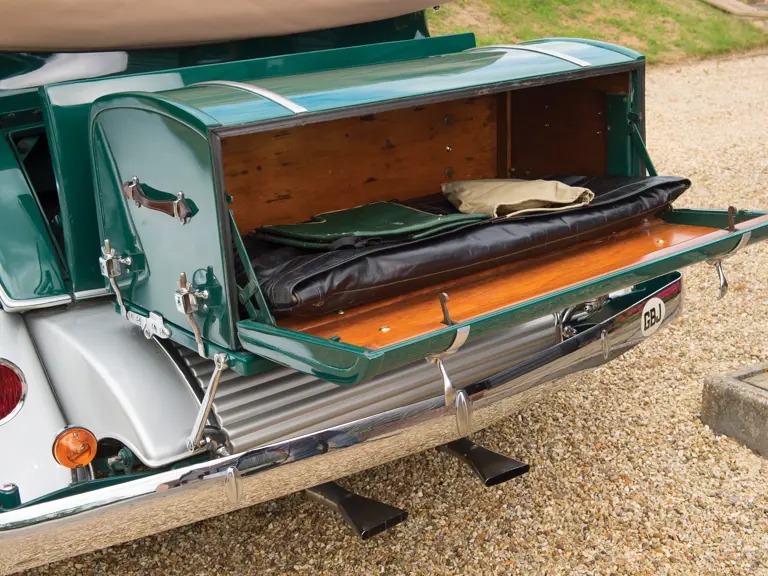
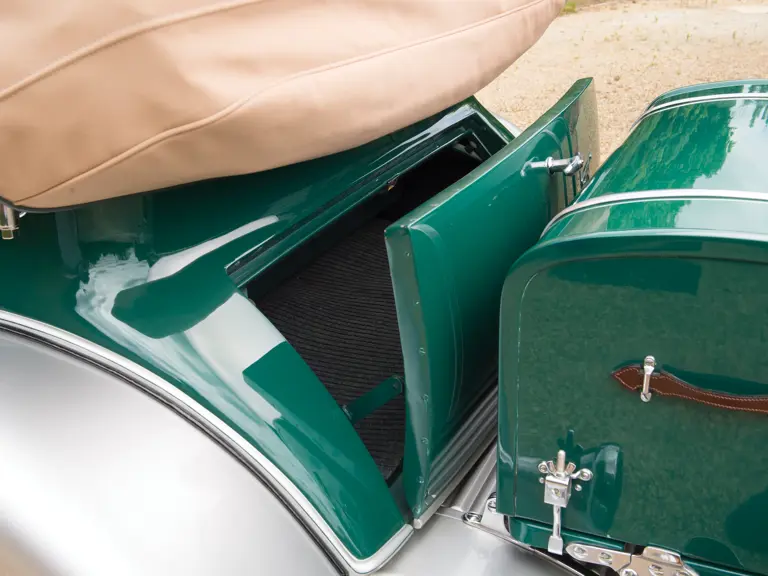
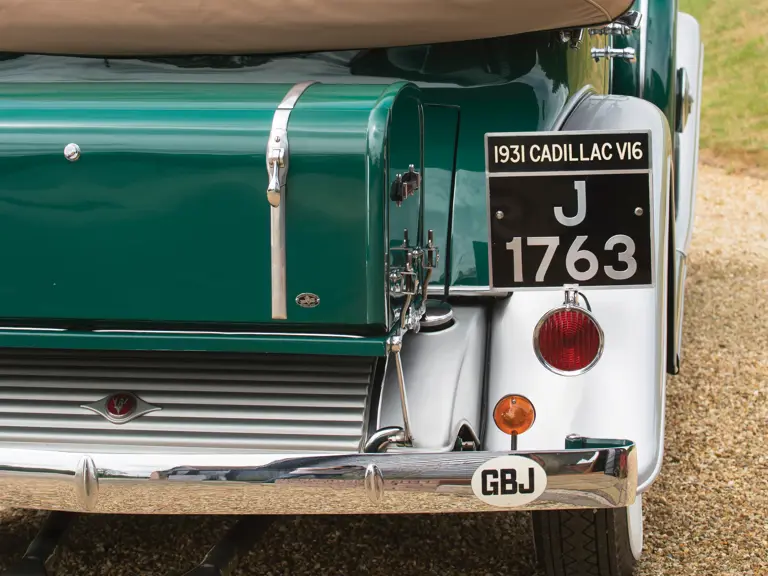

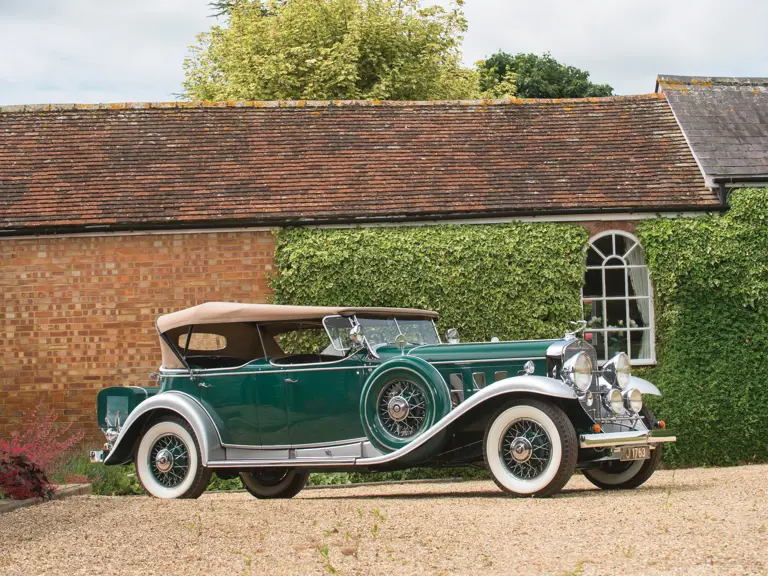
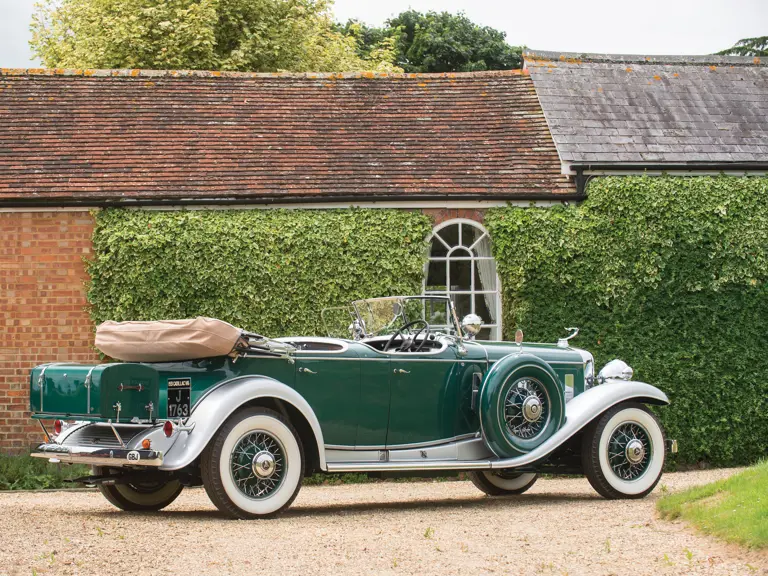

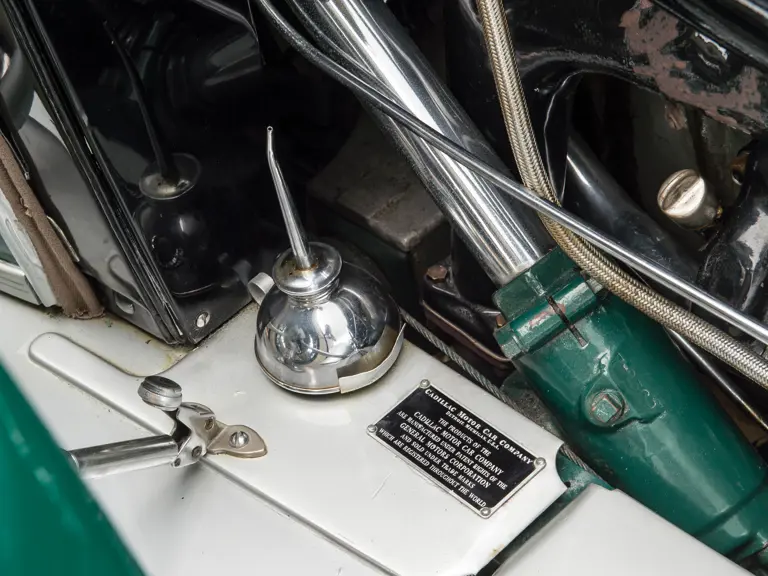
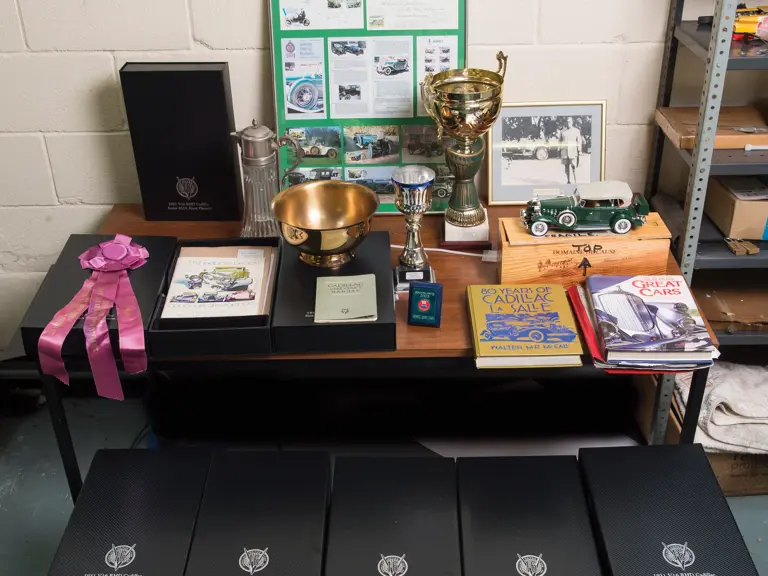
 | London, United Kingdom
| London, United Kingdom
